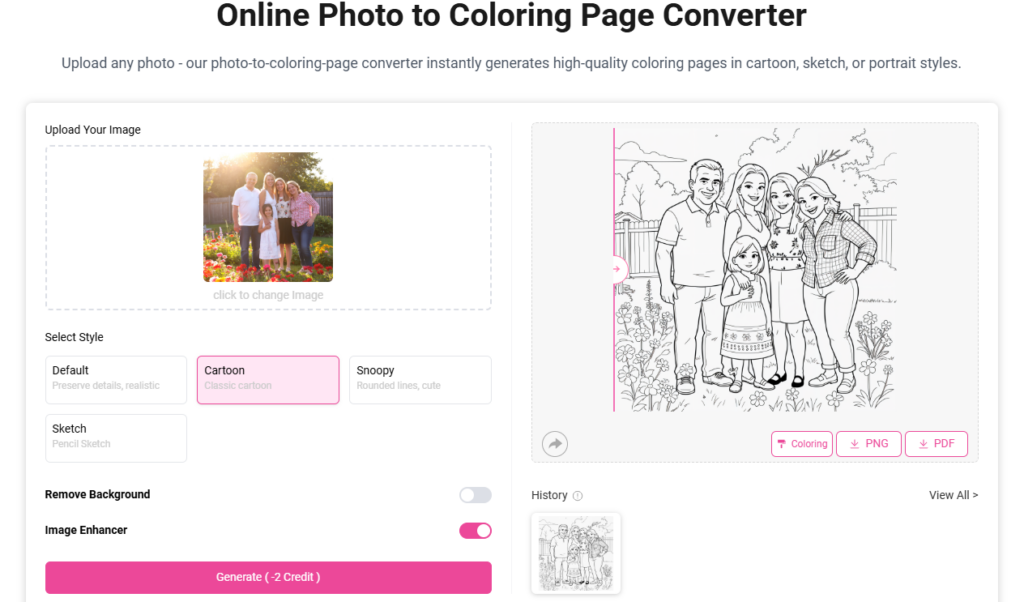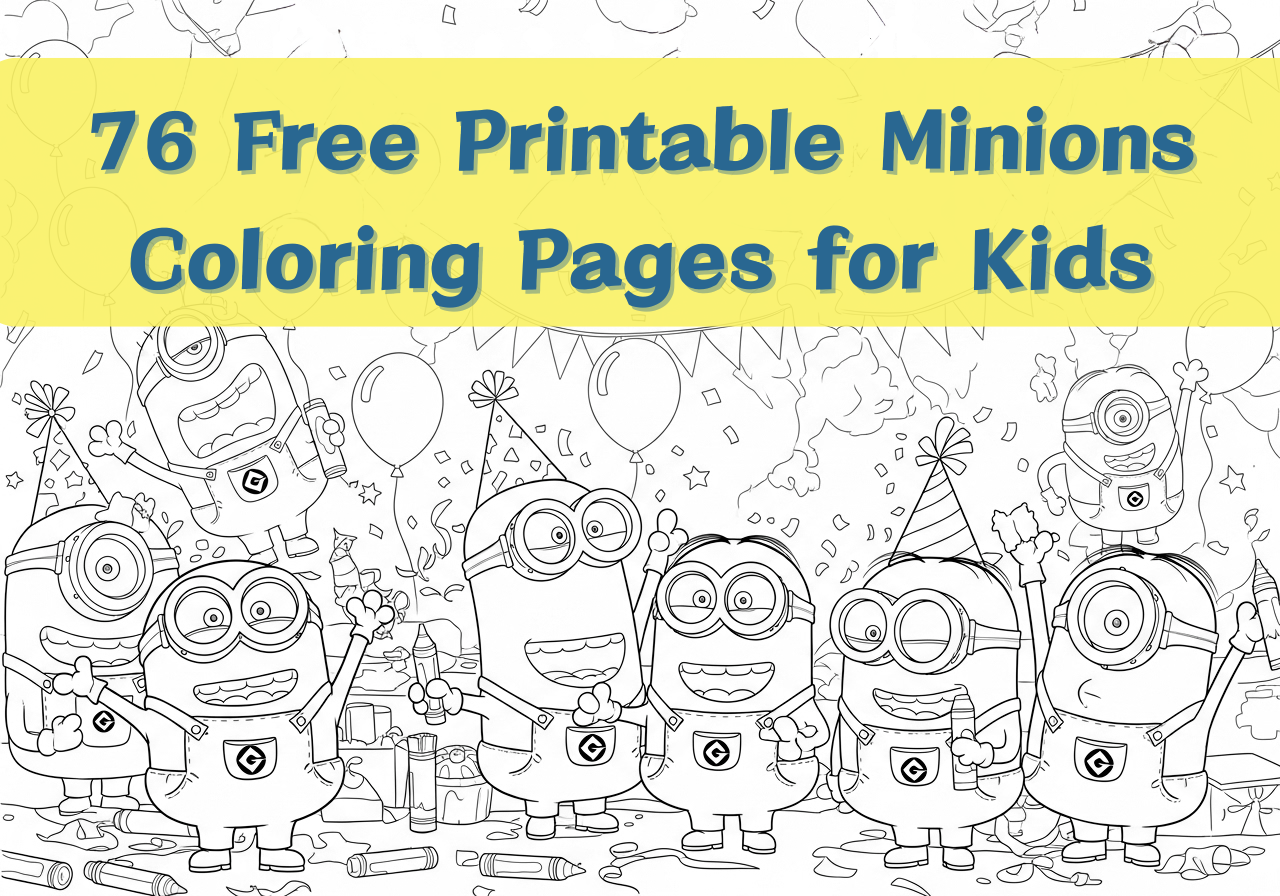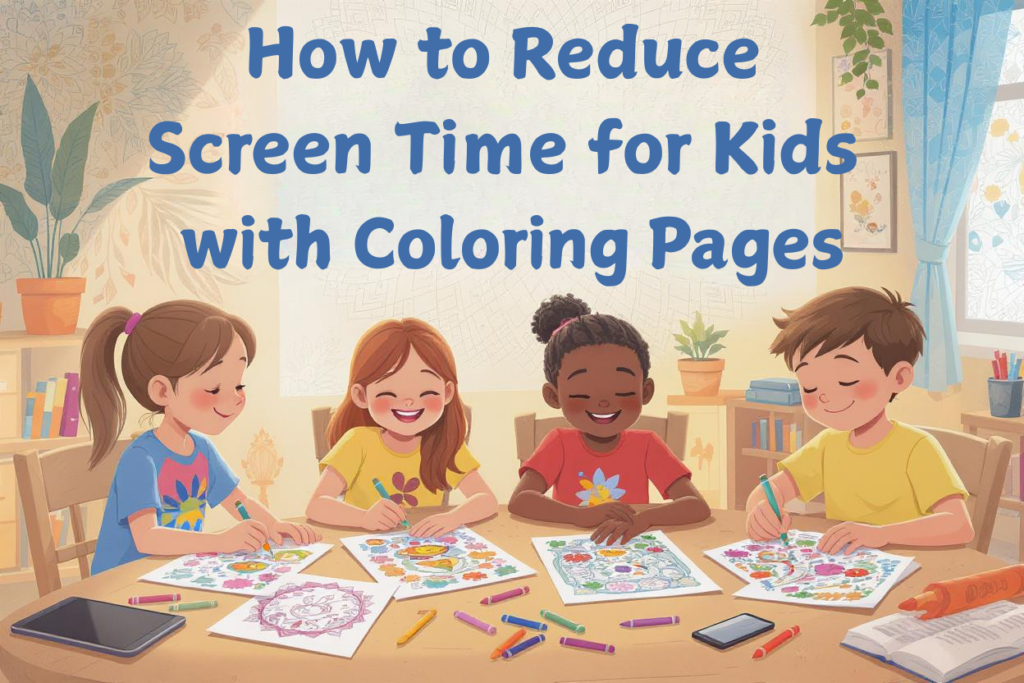
It’s a familiar evening scene: parents rushing home, kids bouncing between activities and homework, a quick dinner squeezed in—and suddenly, the day is gone with little time to connect.
Yet research shows strong parent–child bonds are vital for children’s wellbeing and behavior. Studies find that close family relationships reduce risks of depression and anxiety while supporting healthier emotional development(Gallup,Columbia Public Health)
That’s why, in our busy lives, making time for family bonding matters more than ever. The good news? Building these connections doesn’t have to cost a thing—here are 10 completely free activities your family can start today.
1. The 10-Minute Kitchen Dance Party
This family bonding activity combines meal preparation with spontaneous fun. When cooking feels overwhelming, turn on upbeat music and invite everyone to dance while helping in the kitchen.
How to implement:
- Start music as soon as you enter the kitchen
- Assign simple tasks: stirring, washing vegetables, setting the table
- Dance between tasks—no choreography needed
- Make it silly: freeze dance while waiting for water to boil
Why it works: This activity transforms mundane chores into shared experiences. Many parents in online parenting forums report that children become more cooperative with kitchen tasks when music and movement are involved.
Age adaptations: Toddlers can dance with wooden spoons, elementary kids can be sous chefs, teenagers can DJ the playlist.
2. Family Coloring Time
The science behind it: Research on parent–child joint artmaking shows that creating art together provides a playful, mindful focus that strengthens connection and opens up nonverbal pathways for communication and reflection between caregivers and kids.(Frontiers)
Unlike typical children's coloring books, family coloring activities work best when everyone participates simultaneously. This creates a shared meditative experience that naturally encourages conversation.
How to create meaningful family coloring time:
Choose the right materials:
Print free designs from websites that offer free coloring pages,or use iColoring AI to turn meaningful family photos into coloring pages. It only takes a few simple steps:
- Use Online Photo to Coloring Page Converter
- Upload your family photo
- Choose one of the style
- Click "Generate" and get the coloring page in seconds

Set the atmosphere:
Dim harsh lights, play soft instrumental music, and sit around the same table.
Encourage storytelling:
While coloring a page generated from a family photo, families can naturally revisit the memories captured in the picture. Parents can also engage their children in conversations about the colors they pick and the meanings those colors might represent.
Display finished artwork
Create a family gallery wall to celebrate everyone's creativity.
Practical tip: Many families find that dedicating 20-30 minutes for family coloring sessions creates natural opportunities for conversation. Children often share thoughts and feelings more freely during these relaxed moments.
Free resources: Here some free family-themed coloring pages, feel free to use. If you want more custom coloring pages, you can use "Text to Coloring Page" tool to create custom coloring pages.
3. Neighborhood Mystery Walks
Transform your everyday neighborhood into an adventure zone with these family bonding activities that cost absolutely nothing but create lasting memories.
How to organize mystery walks:
- Create simple riddles about neighborhood landmarks ("Find the house with the red door and friendly garden gnome")
- Set seasonal challenges: count different colored leaves in fall, spot holiday decorations in winter
- Encourage questions: "I wonder who lives in that house?" or "What kind of bird made that nest?"
- Take photos of discoveries to review later
Why it works: Regular outdoor exploration builds curiosity and creates opportunities for natural conversation away from household distractions.
Safety note: Always establish clear boundaries about staying together and respecting private property.
4. The Family Time Capsule Project
Create a quarterly tradition of preserving current family memories using items you already have at home.
This family bonding activity helps everyone reflect on growth, changes, and shared experiences while building excitement for future discoveries.
Materials needed (all free):
- Empty shoebox, coffee can, or large mason jar
- Paper for letters
- Small meaningful objects: ticket stubs, photos, children's artwork
- Current newspaper or printed internet articles
Quarterly time capsule ritual:
- Individual letters: Each family member writes to their future self about current interests, challenges, and hopes
- Family predictions: Guess each other's future heights, favorite foods, or accomplishments
- Memory objects: Include small items that represent this season of your family's life
- Sealing ceremony: Make opening the capsule a special event to anticipate
Long-term value: This activity helps families build traditions and creates anticipation for future shared experiences. The process of creating and opening time capsules together strengthens family identity over time.
5. Backyard Camping (Even Without a Backyard)

Environmental changes stimulate brain activity and create memorable experiences, even when the change is as simple as sleeping in the living room.
Outdoor version:
- Set up sleeping bags or blankets under the stars
- Create a "campfire" circle with battery-powered lanterns
- Share stories, sing songs, or play simple games like 20 questions
- End with stargazing and identifying constellations using free apps like SkyView
Indoor adaptation for apartments:
- Transform the living room with blankets hung over chairs
- Use flashlights for "campfire" storytelling
- Create camping snacks: trail mix from pantry items, s'mores using stovetop
- Share family adventure stories or plan future trips
Why this works: Environmental changes, even simple ones like sleeping in a different room, create memorable experiences and often lead to more open family conversation.
Popular variation: Many families make this a monthly tradition, with some including friends or extended family members to create larger camping experiences.
6. The Weekly Family Meeting
Family bonding activities work best when everyone has a voice. Weekly meetings create space for planning, problem-solving, and celebrating together.
Meeting structure (15-20 minutes):
- Appreciation round: Each person shares something they appreciated about another family member this week
- Calendar review: Discuss upcoming events, appointments, or activities
- Problem-solving: Address any family challenges together
- Fun planning: Decide on weekend activities or special family time
- Individual sharing: Each person shares a highlight and challenge from their week
Age-appropriate roles:
- Young children: Meeting mascot, timekeeper with timer
- Elementary age: Note-taker, activity suggestion leader
- Teenagers: Meeting facilitator, calendar manager
Success tip: Keep meetings positive and solution-focused rather than complaint sessions.
7. Skill Swap Sessions

These family bonding activities boost confidence while creating mutual respect and understanding across age gaps.
Examples of successful skill swaps:
- 8-year-old teaches parents a video game while parents teach basic cooking
- Teenager shows social media tips in exchange for learning car maintenance basics
- Parent learns TikTok dance while child learns to fold fitted sheets
- Siblings exchange talents: drawing lessons for math tutoring
Implementation tips:
- Schedule 30-minute sessions with clear roles
- Focus on patience and encouragement
- Celebrate learning progress, not perfection
- Document funny moments and breakthroughs
Psychological benefit: Children feel valued for their knowledge while gaining appreciation for adult skills they'll need later.
8. The Gratitude Jar Challenge
Studies in positive psychology show that regular gratitude practice increases family satisfaction and individual well-being.
Setup (completely free):
- Decorate a large jar, box, or container using materials from around the house
- Cut paper into small strips
- Place writing utensils nearby
- Create a simple daily routine
Daily practice:
Each family member writes one thing they're grateful for and adds it to the jar. Gratitude can range from "sunny weather" to "Mom's hug" to "scoring a goal at recess."
Weekly sharing ritual:
Every Sunday, gather to read several gratitude notes aloud. This creates positive family storytelling and reinforces appreciation.
Long-term impact: Research in positive psychology suggests that regular gratitude practice increases family satisfaction and individual well-being. Many parents find that children begin noticing positive moments specifically to share during gratitude activities.(Pubmed , Psychology Today)
9. Home Restaurant Night

Creative concept: Transform your dining room into a restaurant experience with family members rotating as staff and customers.
Setup requirements:
- Create menus using paper and markers
- Assign roles: host, server, chef, customer
- Use "fancy" dishes and cloth napkins if available
- Dim lights and play background music
Role rotation ideas:
- Children as restaurant owners: They plan the menu, take orders, and serve parents
- Parents as customers: Practice polite ordering, compliment the "chef," leave positive "reviews"
- Collaborative cooking: Work together to prepare the meal while staying in character
Educational benefits: Children practice social skills, math (taking orders, making change with play money), and gain confidence in leadership roles.
Frequency suggestion: Monthly themed restaurant nights work well—Italian night, breakfast for dinner, kids' choice menu.
10. Memory Lane Photo Sessions
Emotional connection: Revisiting family photos strengthens family narrative and identity while creating new memories.
Activity variations:
Photo recreation: Choose favorite family photos from past years and recreate them with current ages. The comparison photos often become treasured keepsakes.
Memory storytelling: Look through old photos while sharing the stories behind them. Children love hearing about their younger selves and family history.
Future photo planning: Use current photos to inspire ideas for new family traditions or activities to try.
Digital organization project: Turn photo sorting into bonding time by creating themed albums together—vacations, holidays, silly moments, achievements.
Technology tip: Use free apps like Google Photos or Apple Photos to create shared family albums that everyone can contribute to throughout the year.

Implementation Strategy and Realistic Expectations
What to Expect (And What Not to Expect)
Realistic timeline for results:
- Week 1-2: Initial resistance may occur; focus on consistency over perfection
- Week 3-4: Family members begin anticipating and requesting activity time
- Month 2-3: Activities become natural family habits with noticeable communication improvements
Common challenges and solutions:
- Resistance from teenagers: Start with activities they can lead or modify
- Time constraints: Begin with 10-15 minute activities and gradually increase
- Sibling conflicts: Establish clear participation guidelines and rotate leadership roles
- Parent exhaustion: Choose low-energy activities on difficult days
Personalization tips: Not every activity works for every family. Pay attention to which family bonding activities generate the most engagement and adapt accordingly.
Your 30-Day Family Connection Challenge
Week 1: Choose 2-3 activities that appeal most to your family. Try each once.
Week 2: Repeat the most successful activity and introduce 1-2 new ones.
Week 3: Establish a routine with your family's favorite activities.
Week 4: Evaluate what's working and adjust frequency or methods as needed.
Success tracking: Keep a simple family calendar marking activity days and noting everyone's favorite moments.
FAQs
Q1: What ages work best for these family bonding activities?
Most activities adapt well for ages 3-16, with modifications provided for each age group. Family coloring works for toddlers with simple designs, while teenagers can create complex artwork or lead younger siblings.
Q2: What if my child refuses to participate in family bonding activities?
This is a common challenge many parents face. Helpful strategies include:
- Starting with activities that match the child's existing interests
- Allowing "observer" participation without pressure to actively join
- Having parents demonstrate enthusiasm first
- Offering choices in activity selection or timing
- Being patient—resistance often decreases with consistent, gentle invitations
Q3: How much time do these family bonding activities require?
- Quick connections: 10-15 minutes (Kitchen Dance Party, Gratitude Jar)
- Medium engagement: 20-30 minutes (Family Coloring, Photo Sessions)
- Extended bonding: 45-60 minutes (Backyard Camping, Family Meetings)
Start with shorter activities and gradually increase duration based on family interest.

Q4: How quickly will I see improvements in family relationships?
Timeline based on test family feedback:
- 1-2 weeks: Children begin looking forward to activity time
- 3-4 weeks: Noticeable increase in voluntary family conversation
- 2-3 months: Established patterns of connection and communication
Remember that every family progresses differently—patience and consistency matter more than speed.
Q5: Will teenagers think these family bonding activities are childish?
Strategies for teen engagement based on families with 12-16 year olds:
- Give teenagers leadership roles in planning and facilitating
- Allow them to bring friends to appropriate activities
- Frame activities as "family traditions" rather than "bonding exercises"
- Choose more sophisticated versions: complex coloring designs, advanced cooking challenges, or photo editing projects
Q6: How can busy working parents fit family bonding activities into weekday schedules?
Weekday-friendly options:
- Morning: 5-minute gratitude sharing during breakfast
- After school: 10-minute kitchen dance party while preparing snacks
- Bedtime: Photo memory sharing or brief family meetings
- Weekend focus: Save longer activities like camping or restaurant nights for less rushed times
The key is consistency, not duration.
Start Your Family Connection Journey Today
The hardest thing to do is start! It's time to choose, of all the family bonding activities in the guide, just one that excites you the most and give it a try this week. Perfection is not the purpose, connection is.
These free family bonding activities were able to change relationships for several families that felt disconnected and overwhelmed. Your family can also experience these momentous improvements with nothing more than a small investment of effort towards spending intentional time together. Don‘t hesitate,just start today!










